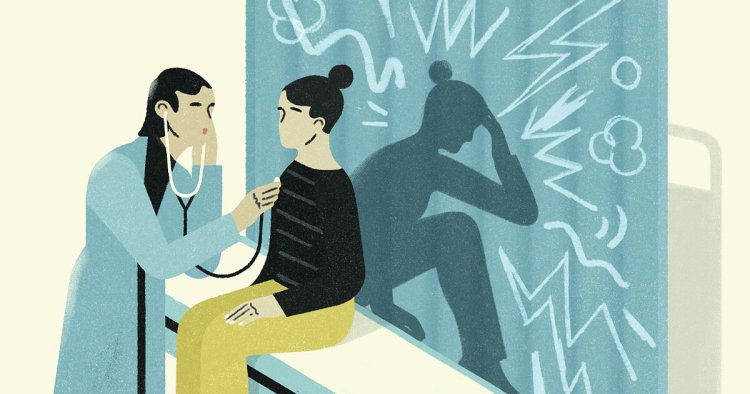Coping with Invisible Symptoms of Neurologic Disorders
Living with a neurologic disorder can be challenging, especially when symptoms are invisible to others. Many individuals feel misunderstood or judged because their struggles aren’t always visible. Here are some strategies from medical professionals and patients to help navigate these challenges while protecting your physical and emotional well-being.

1. Communicate Clearly with Your Doctor

It’s important to explain how your condition impacts your daily life beyond just describing pain levels. According to Dr. Richard B. Lipton, director of the Montefiore Headache Center, doctors often respond more proactively when patients highlight how their symptoms affect their responsibilities. Instead of simply saying, “The pain is unbearable,” try explaining, “I’ve missed work multiple times this month and may lose my job if this continues.” This approach can help your doctor create a more targeted treatment plan.
2. Seek Support from Others

Connecting with others who share similar experiences can be incredibly helpful. Support groups—whether in person or online—provide a sense of community and understanding. Organizations like the American Migraine Foundation offer resources and initiatives, such as the Making Migraine Visible campaign, to raise awareness and connect individuals facing the same struggles.
3. Prioritize Mental Health

Chronic conditions can take an emotional toll. Cognitive behavioral therapy (CBT) has helped many individuals, including migraine patient Jaime Sanders, manage stress and cope with societal judgment. “When the world rejects me, I remind myself that these symptoms are not my fault. I did not cause this,” she shares. Therapy can provide valuable tools to manage emotional well-being and build resilience.
4. Prepare a Simple Explanation
When people question your condition or actions, having a brief and clear explanation can reduce anxiety and confusion. Dr. Gregory O’Shanick, medical director at the Center for Neurorehabilitation Services, recommends drafting an "elevator speech"—a short summary of your condition and needs. For example:
???? “I was diagnosed with [condition] and experience [symptom]. Here’s how you can support me: [specific request].”
5. Use Medical Documentation When Needed

For individuals with conditions that cause symptoms like slurred speech or difficulty walking, misunderstandings can arise in public. Some medical professionals, like Dr. O’Shanick, provide condition summary cards that explain a patient’s diagnosis. Carrying such a card can prevent misinterpretation and even assist in situations involving law enforcement or emergency personnel.
6. Avoid Comparisons
Every person’s journey with a neurologic disorder is unique. Dr. Michael Jaffee, professor of neurology at the University of Florida, emphasizes that recovery rates vary. Studies show that 15-40% of individuals with mild traumatic brain injuries experience long-term symptoms, and not everyone heals at the same pace. Focus on your own progress rather than comparing yourself to others.
7. Educate When Necessary
Understanding your condition empowers you to advocate for yourself. Dr. Lipton advises patients to familiarize themselves with studies that highlight the impact of their disorder. For example, research indicates that migraine pain ranks higher in severity than osteoarthritis or lower back pain. However, you don’t have to educate everyone. “You can’t control what others believe, but you can control your own knowledge and how much you choose to share,” says Dr. Alexandra Simpson of the University of Virginia Health System.
8. Set Boundaries and Be Direct

Being honest about your limitations helps manage expectations. Stacia Bissell, who suffered a traumatic brain injury in a bike accident, shares that she’s upfront with friends:
“I’d love to join, but I’ll drive separately in case I need to leave early.”
“Can we go to a quieter restaurant? That would be easier for me.”
Clear communication prevents frustration and allows others to support you effectively.
9. Accept Help Without Guilt
Many people hesitate to accept assistance, but help from others can make life easier. Kelly Lang, who sustained a brain injury in a car accident, suggests making a list of tasks that friends and family can help with, such as meal prep, grocery shopping, or walking the dog. “At first, I tried to do it all myself,” she says. “I regret that. In a crisis, there’s just too much to handle alone.”
Final Thoughts
Neurologic disorders come with unique challenges, but with the right strategies, you can advocate for yourself, manage your condition, and maintain a fulfilling life. Whether it’s through seeking support, prioritizing mental health, setting boundaries, or educating others, small steps can make a big difference.
What's Your Reaction?




















